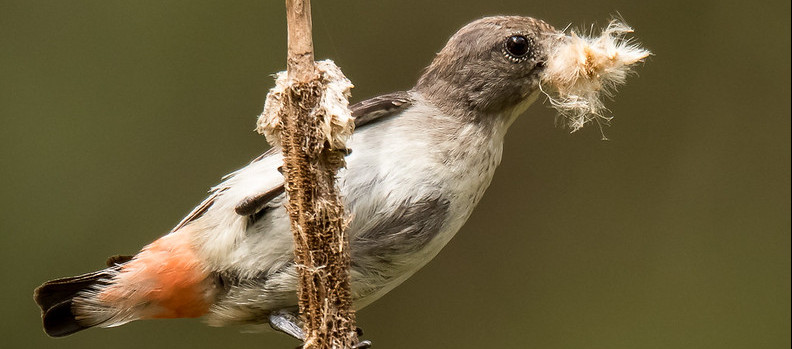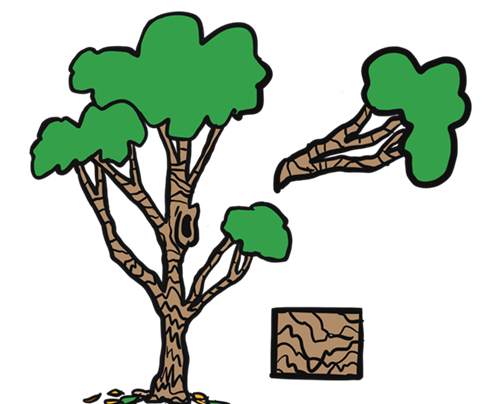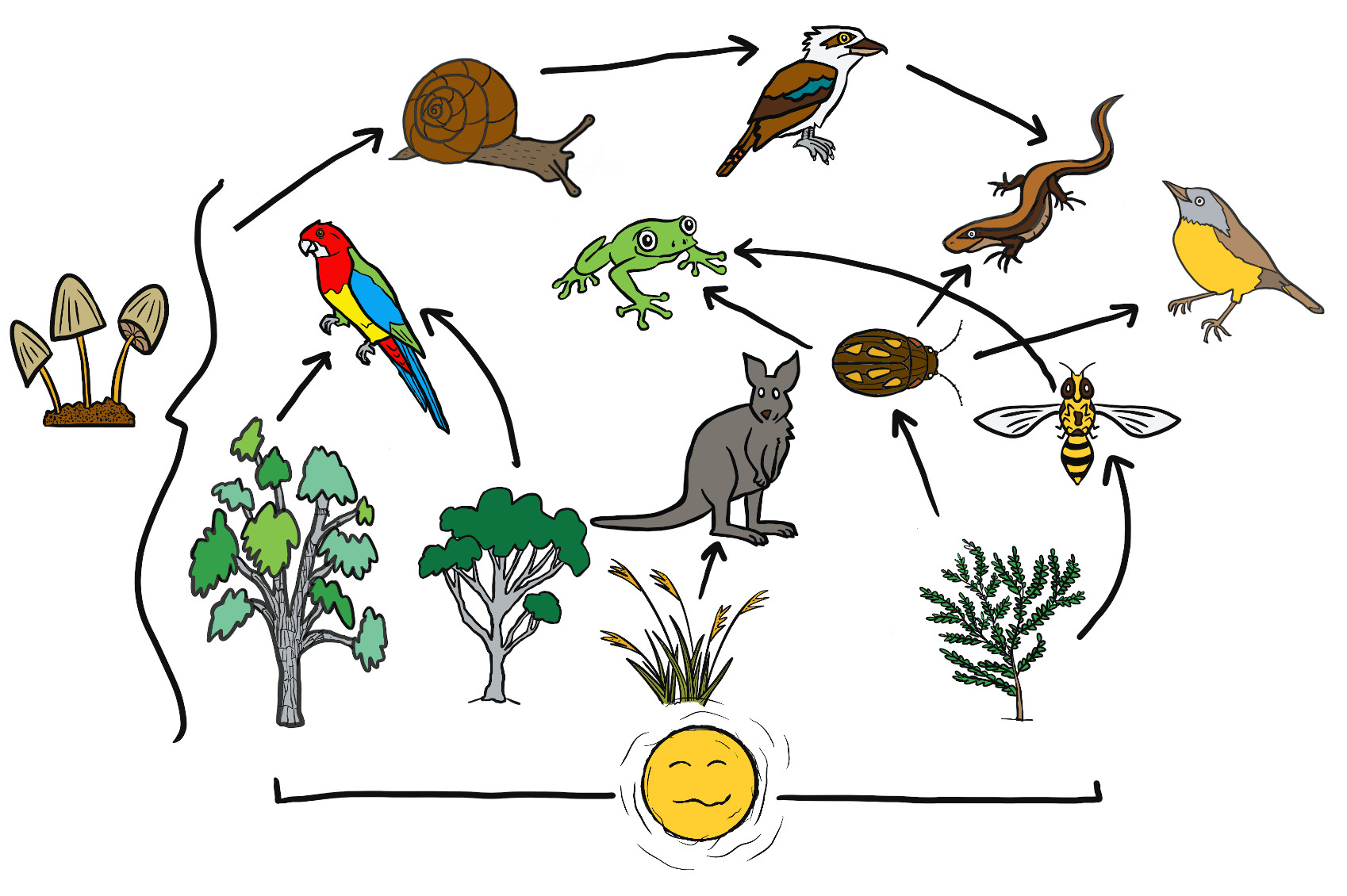Activities - 'Habitat, sweet habitat'
- Habitat survey
Observe and document habitat usage in your local area, the Cumberland Plain Woodland, and in an artificial nest box that you will construct as a class.
- One-way and two-way interactions
Use the honeycomb chart to identify as many one way and two-way species interactions in the woodland as possible. Create cartoons to illustrate these interactions and add them to your vegetation profile mural.
- Untangling the woodland’s web of life
Use the Predict-Observe-Explain sequence to develop students’ understanding of how preserving the web of life is vital for the conservation of the woodland, through an investigation of how the extinction of an endangered animal species would impact the area.


